An Accidental Historian: Alan Paris '81
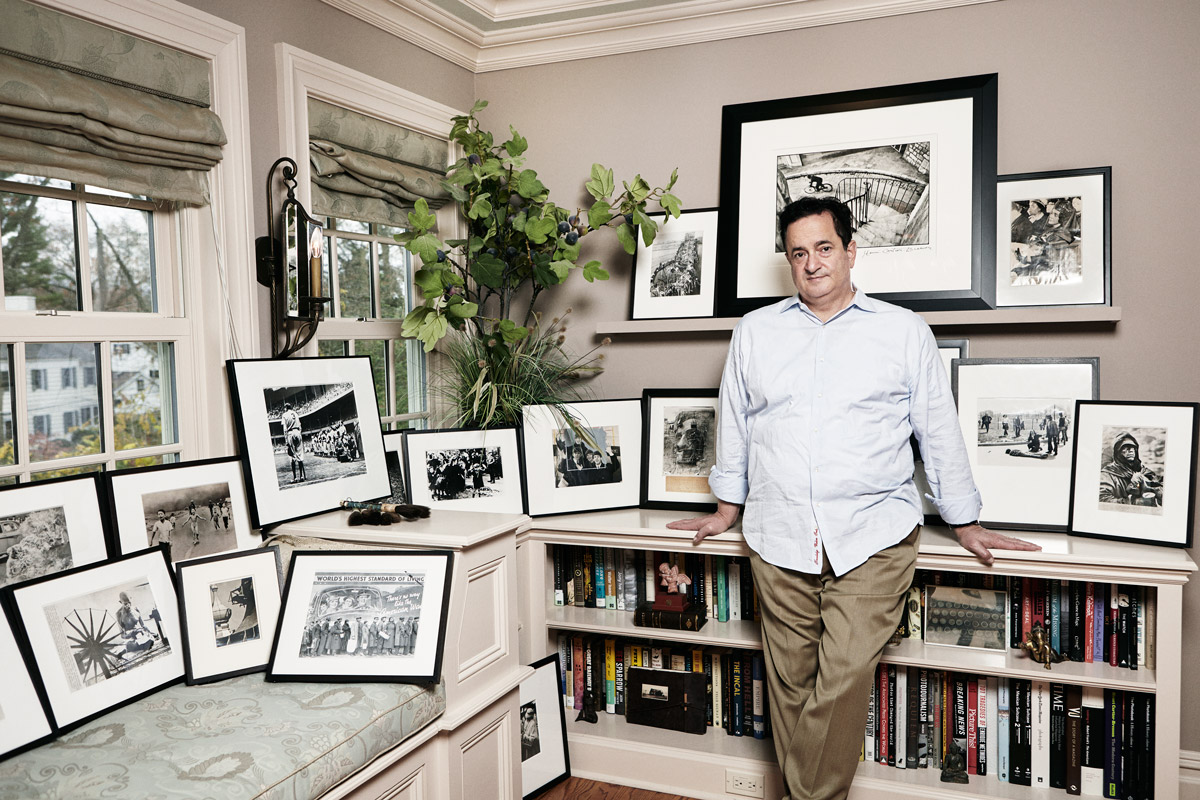
What started out as a hobby for Alan Paris '81 evolved into a 10,000+ collection of news photographs chronicling major events of the 20th century.
The photo is a little blurry, but there’s a good reason why: German shells were pounding Omaha Beach and the ground was shaking when renowned war photographer Robert Capa snapped it as he waded ashore with American soldiers on D-Day, June 6, 1944.
Capa’s iconic image of a soldier heading for the beach was one of the first news photos to reach the United States just days after the Normandy invasion. It is one of the thousands of photographs chronicling major events in the 20th century collected by Alan Paris ’81.
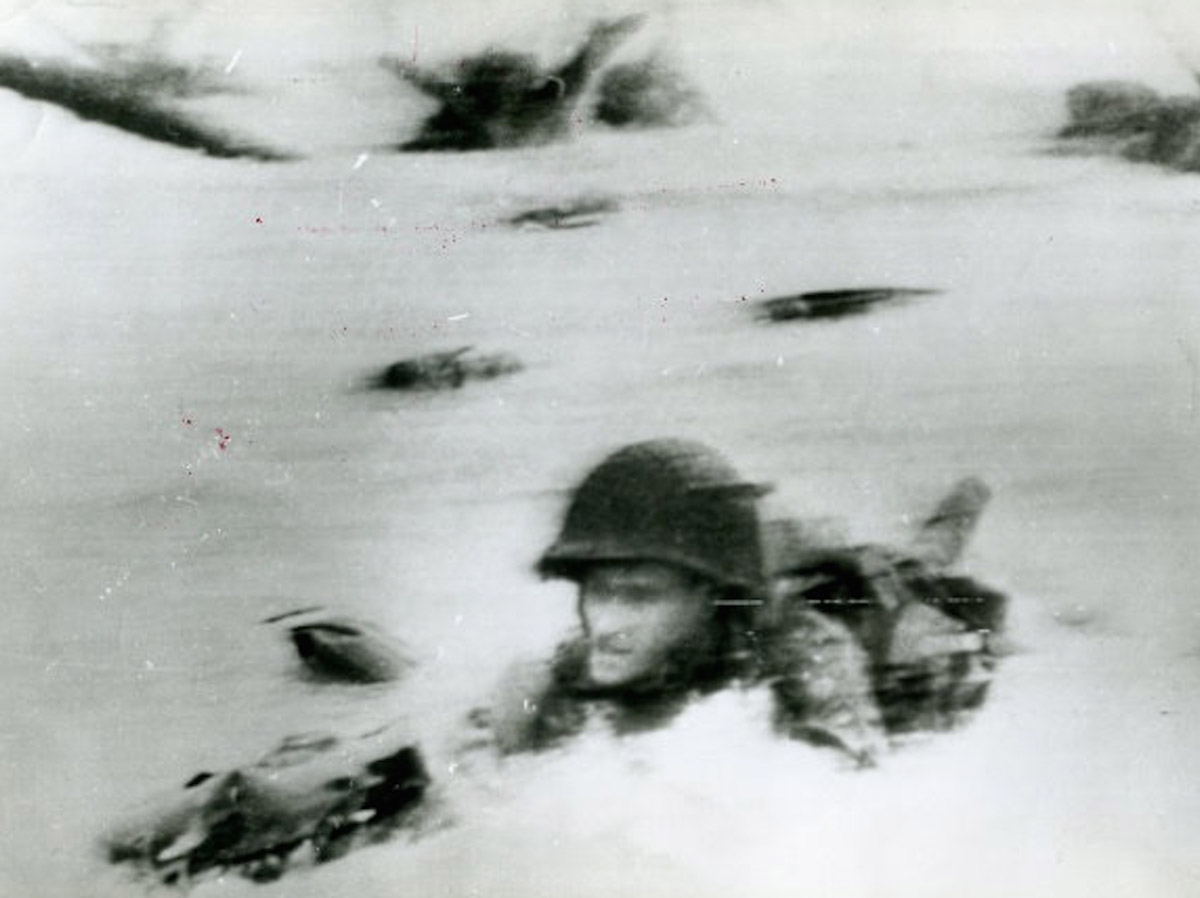
More than 10,000 photos from Paris’s collection were recently acquired by the Briscoe Center for American History at the University of Texas at Austin. The photos include the raising of the American flag by soldiers on Iwo Jima, masked terrorists at the 1972 Summer Olympic Games in Munich, the fall of the Berlin Wall, and the execution of a Viet Cong prisoner in Vietnam. Some of Paris’s photos of the Vietnam War are on view at the Lyndon Baines Johnson Presidential Library and Museum, located adjacent to the Briscoe Center. Exhibits of other parts of Paris’s collection will be on display at the Briscoe Center next year.
Paris, a management consultant now living in Sleepy Hollow, NY, came by his love of historic photos honestly. His father was a photographer for the Signal Corps during World War II, traveling with the army during campaigns in North Africa, Sicily, and Italy and earning the Bronze Star for valor. At the end of the war, he was assigned to photograph Gen. Dwight D. Eisenhower in Washington, DC, and after he left the army, he opened his own photography studio in Bergen County, NJ. As a child, Paris earned spending money sweeping the studio and cataloging his father’s photos.
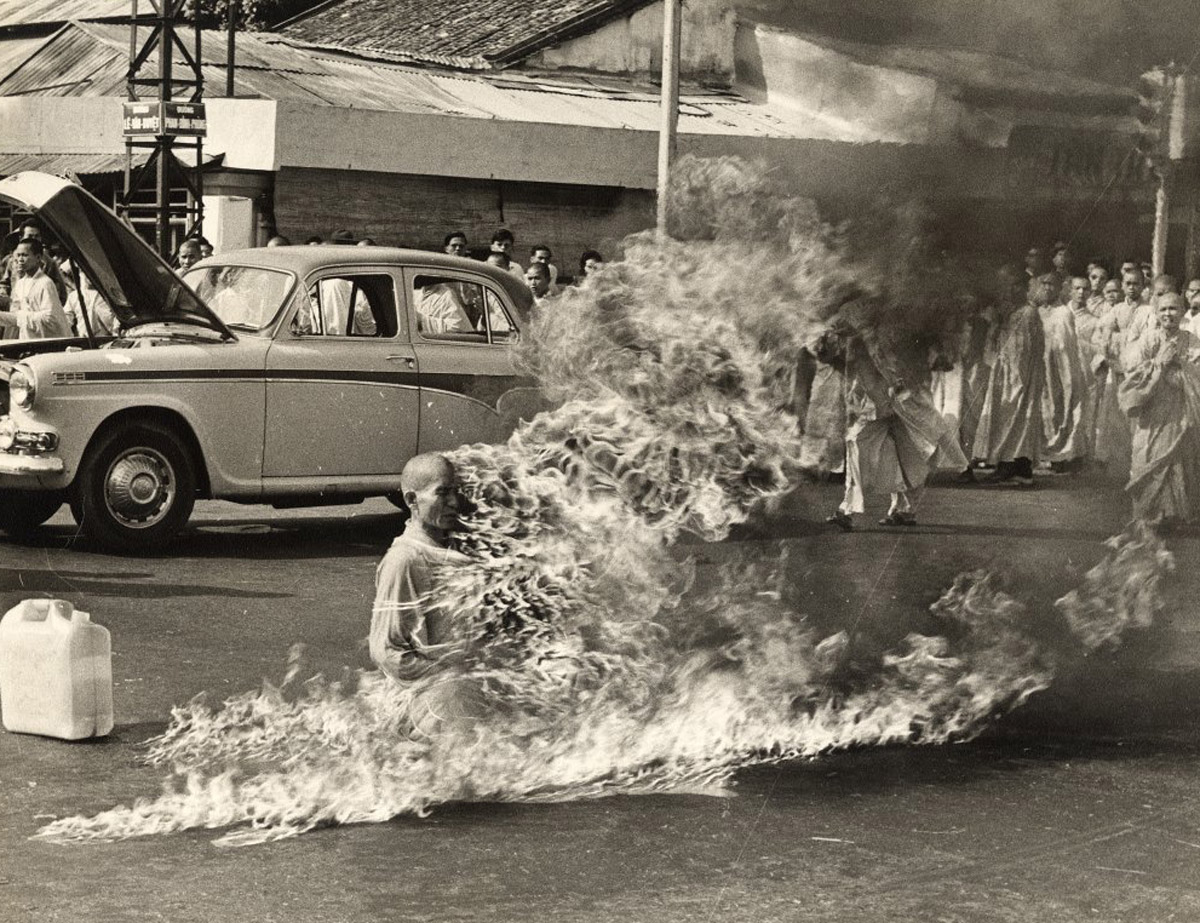
Paris began collecting old-movie ephemera when he was in high school, but his interest turned to photographs shortly after he graduated from Vassar, while he was living in New York City. “I was always taking pictures while I was at Vassar, and I loved looking at other people’s old photographs,” he says. “One day I was at a flea market in Manhattan and spotted a picture of the whole Kennedy family that had been taken shortly after John had been elected president. Dad had all these photos of Eisenhower, so I thought maybe I’d start a collection of U.S. presidents, and that’s how all this collecting began.”
Amassing thousands of photos, including some of the most famous and striking images of the 20th century, was never part of a preconceived plan, however. “I was just buying photos here and there, randomly, and as people found out about my hobby, they would contact me,” Paris says.
One of his favorites from his early days of collecting is a snapshot of Vice President George Herbert Walker Bush at the 1988 Republican nominating convention, playing guitar with political strategist and blues enthusiast Lee Atwater. Paris obtained the photo from a friend who had taken the picture at the convention.
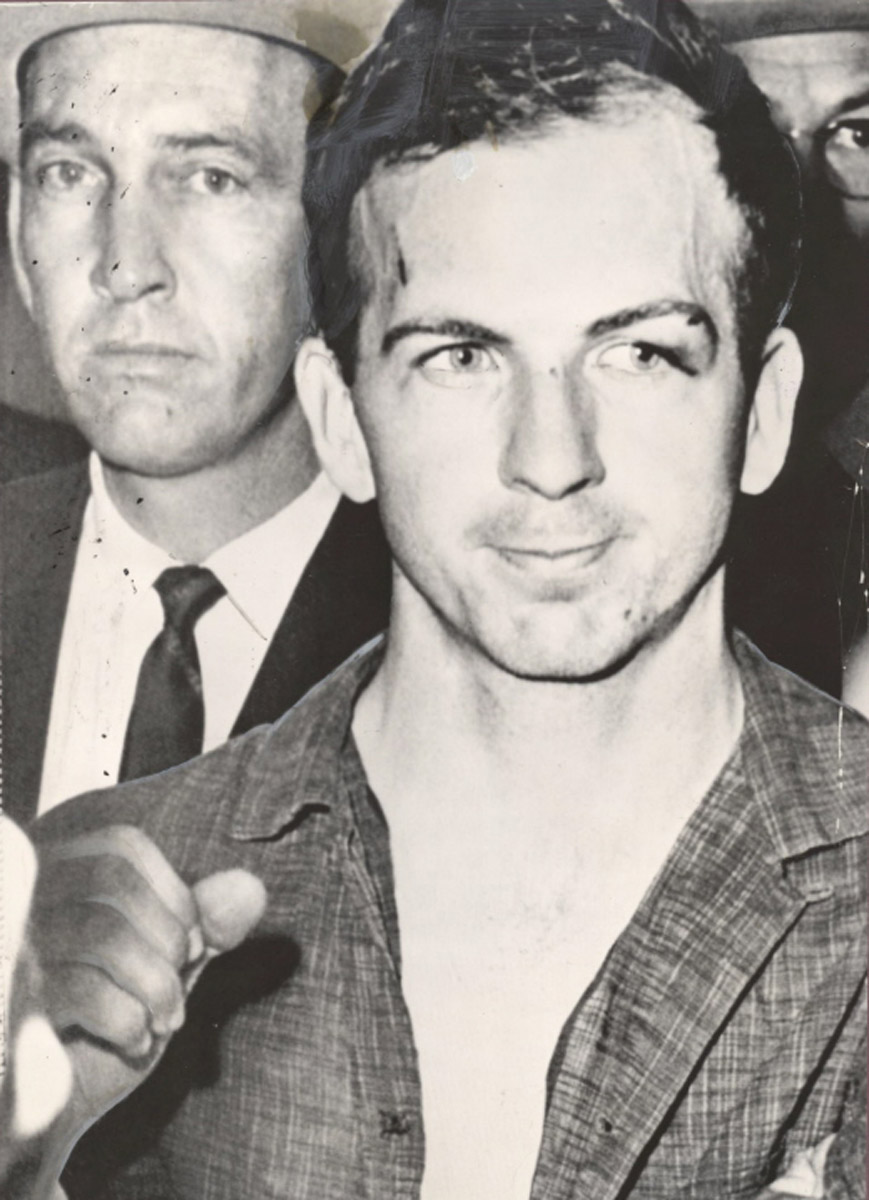
As he grew more serious about his collection, Paris began to seek out people who dealt with photographs in bulk. Because photojournalism technology was changing rapidly in the 1990s, he was able to obtain lots of news photos relatively cheaply, or even for free. “Black-and-white news photography was being phased out, and newspapers and news agencies were just throwing out a lot of their old photos,” Paris explains.
Over time, Paris got to know people in many of these news agencies and was able to acquire many famous photos. But he also found some in less traditional ways. Scanning the Internet one day, he saw a notice from a man who bought furnishings from old estates in Connecticut. “He had a collection of 3,000 photos that had belonged to a magazine writer,” Paris says. “There were pictures of presidents and other politicians and some old photos of rocketry from the early days of NASA.”
Paris agreed to buy the whole batch, and the seller wanted cash, so they agreed to meet in the parking lot of an abandoned restaurant off Interstate 95 near Norwalk, CT. “He opened the trunk of his car and showed me all these boxes, and I paid him, and we transferred all of it into the trunk of my car,” Paris recalls. “From a distance, it must have looked like some drug deal was taking place.”
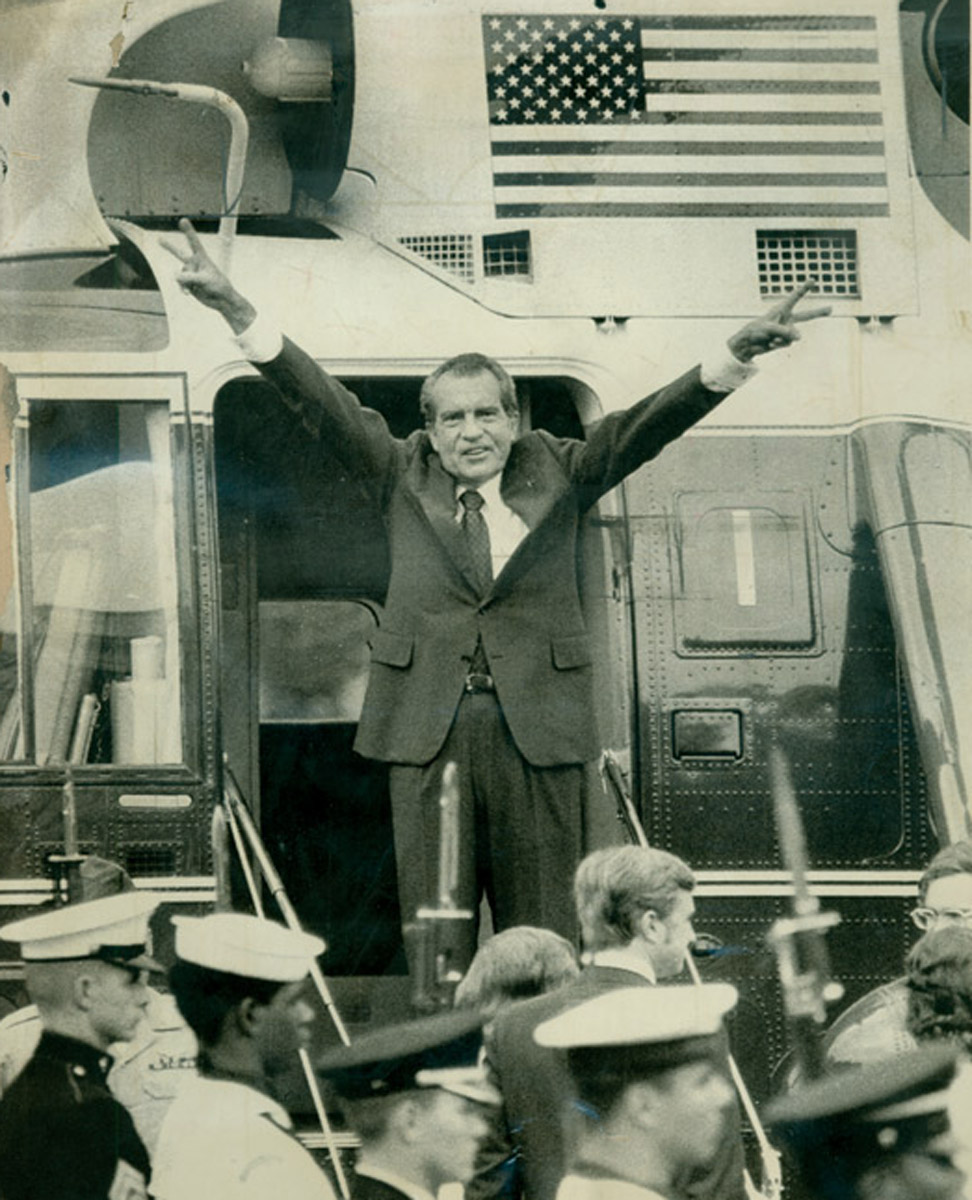
Paris also acquired Robert Capa’s D-Day photo in a somewhat unorthodox fashion. “I saw it posted on eBay with a ‘Buy It Now’ price of $69,” Paris says. “I’ve since been told by collectors that the photo is worth about $20,000.”
While landing such a prize is a coup for any collector, Paris says some of his favorite photos aren’t nearly as iconic. They are images of life back home during World War II. “When we look at life today, with all of our wealth, we forget what it was like here during the war,” Paris says. “I have a photo of shoes that were collected to make boots for the soldiers and scrap metal that was collected to build tanks.”
Paris said one of his all-time favorites is “a ‘Rosy the Riveter’-style photo of women in a mechanic shop outfitting a tank. They were wearing their olive drab uniforms, but for the photo, the photographer had them put on lipstick and wear high heels.”
Paris says he’ll probably never stop collecting—“It’s not like you say, ‘If I just get this one photo, I’ll be done,’” he quips—but he’s grateful to the Briscoe Center for acquiring the bulk of his news photos and making them available for public display. “Curators from several museums began approaching me a few years ago, and I loaned them some photos that later became permanent parts of their collections,” he says. “Having all these photos going to the Briscoe is really an honor. Scholars and researchers will be able to come and look at them, and they’ll be available to the public. It makes you realize that what you’ve been doing all these years isn’t all that crazy.”
